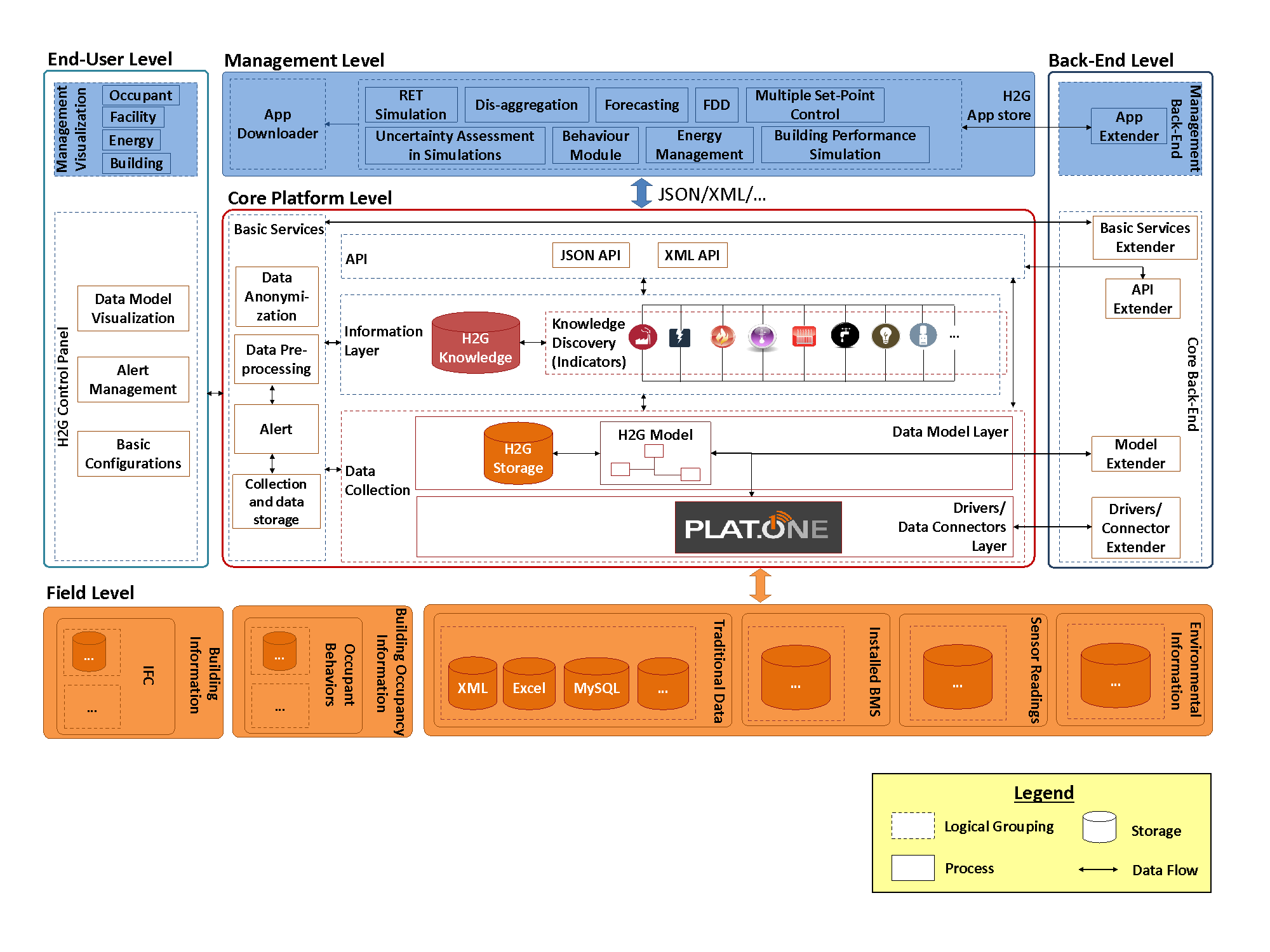| Duration: | September 2015 - August 2019 |
| Contracting Authority/ Sponsors: | European Commission |
| Project Partners: | Nobatek (France) Abo Data S.R.L. (Italy) Apintech (Greece), Bouygues Energies & Services (France), BRE (UK), City of Warsaw (Poland), Cylon Controls (Ireland), Cyric LTD (Cyprus), EGE University (Turkey), Enerit (Ireland), Eurecat (Spain), Giroa S.A.U. (Spain), IK4-Tekniker (Spain), Mostostal Warszawa S.A. (Poland), National University of Ireland Galway (Ireland), Universitat de Girona (Spain), R2M Solution (Italy), Universite de Pau et des Pays de L'Adour (France), Zutec (Ireland), Evolution (France), University of Strathclyde (UK) |
| Website: | www.hit2gap.eu |
| Project Focus: |
HIT2GAP – Highly Innovative Building Control Tools Tackling the Energy Performance GAP
The actual energy consumption of buildings in Europe often significantly exceeds the expected energy requirements. This gap in energy performance can arise from construction errors or from differences between the way a building was intended to be used and how it is actually used. The European project HIT2GAP aims at developing a platform which provides the possibility for building owners, facility managers and users to identify and minimize the energy performance gap, focusing on the building operation phase.
The core aspect of the HIT2GAP platform is a smartphone-like modular architecture: the project partners develop services (modules), which have access to a building data base and provide various functionalities. Among those functionalities are visualization, data analysis (fault detection, forecasting), building simulation and assessment of user behavior. The goal of each module is to contribute to reducing the performance gap. Moreover, the in the HIT2GAP project developed platform integrates different data sources, like (wireless) sensors, existing building management systems and building information models (BIM). The added value, with respect to existing energy management systems in the market, is an increased flexibility, due to the modularity of the HIT2GAP solution, and a large range of functionalities, which can be extended beyond the duration of the project.
The functionality of the HIT2GAP platform is tested and evaluated in four different pilot sites from four different European countries.
